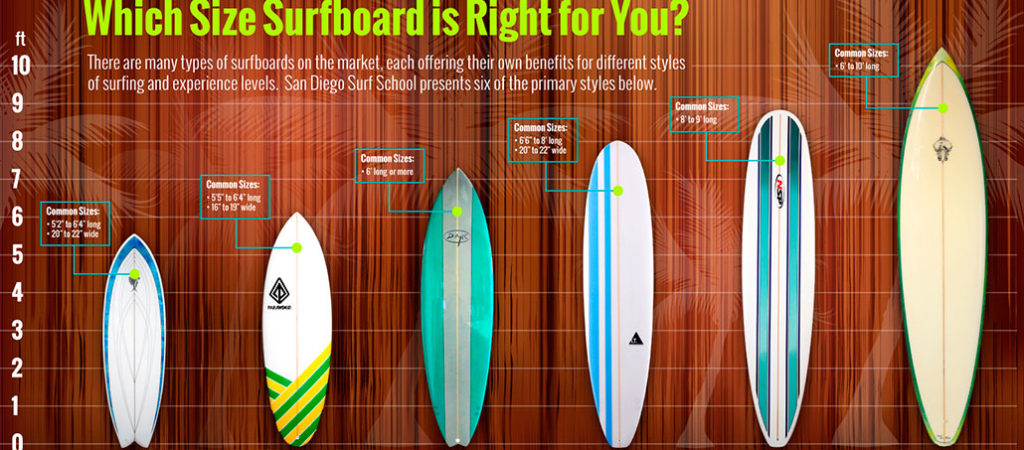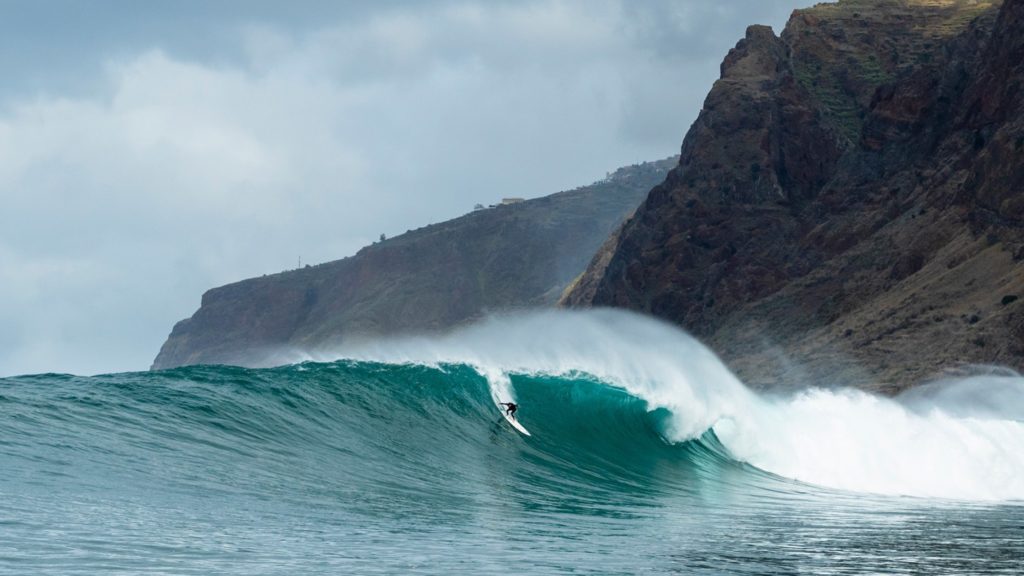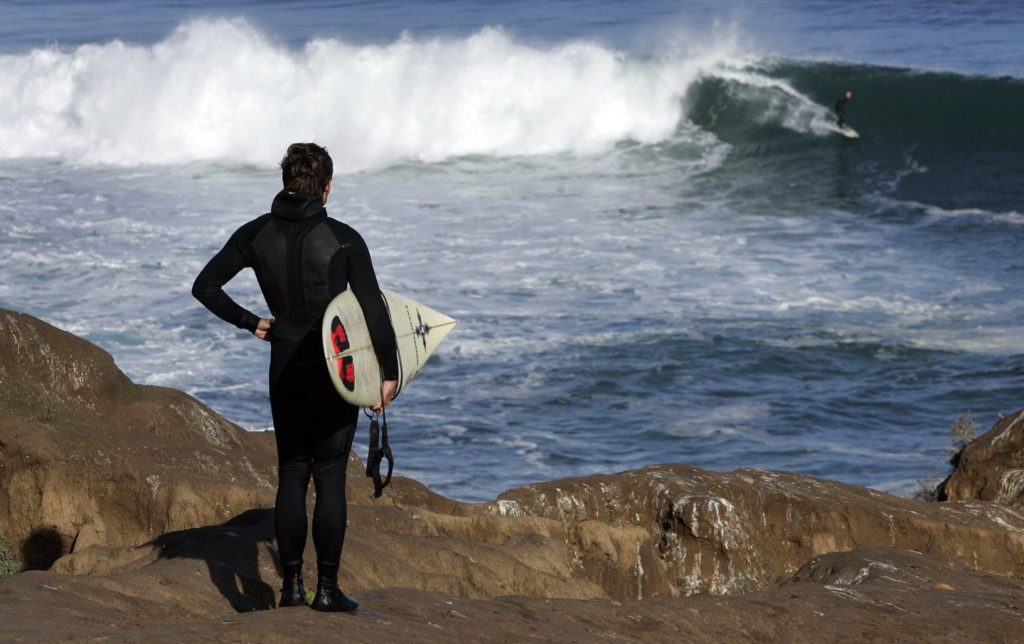We all know surfing and San Diego basically go hand in hand. One of, if not the, most recognized sports of the area is a must for when you visit or move to America’s Finest city. Though it is pretty popular, it doesn’t make it any easier to do! Luckily, we have made a list of 7 Tips for learning how to surf!
1. Getting on the right board.
Before you catch any waves or do anything else, there is nothing more important than getting the right surf board. It is the difference between catching 20 waves or zero waves as you’re learning.
Almost unequivocally, your first surfboard should be big and wide. Even if you see very experienced surfers with custom or smaller boards, you still want to learn on a bigger and wider board.
 It is all about having the right volume (how much flotation your board has). You wanna shoot for either long boards or foam boards to start out with. Also make sure you get a flat board (not curved rocker). The curved boards may look cool but they will only slow you down as you’re learning.
It is all about having the right volume (how much flotation your board has). You wanna shoot for either long boards or foam boards to start out with. Also make sure you get a flat board (not curved rocker). The curved boards may look cool but they will only slow you down as you’re learning.
Finally, you want to make sure that you get a leash that will attach you to your board for safety and some wax to help you stick to your board and prevent it from being slippery.
2. Location
Location is super important for safety and for your enjoyment in the water.
There are some misconceptions that sandy bottom beaches are better than rock or coral beaches in case of wipeouts. However, for beginners that is not always the case. You want to consider two other aspects: the daily waves reports and the spot info.
 Daily waves conditions is related to how big, intense, and frequent the waves are. If you are a beginner, you want to stay away from big, intense, and frequent. Those conditions could prove dangerous. Lean more towards areas with less swell until you get your rhythm down.
Daily waves conditions is related to how big, intense, and frequent the waves are. If you are a beginner, you want to stay away from big, intense, and frequent. Those conditions could prove dangerous. Lean more towards areas with less swell until you get your rhythm down.
Also, when it comes to daily wave conditions, you want to make sure you scout it out prior to going. Some spots may be perfect for beginners on one day and have major swell and more suited for experts on the next. May sure you research, ask a buddy, or a local surf shop for recommendations.
Here are some sights you can also check to choose the perfect surf location for you:
3. Security Aspects
Before you actually hit the water, you need to know some of the common security aspects to keep yourself safe.
- Know how to swim: Don’t rely on your board to keep you safe. If you don’t know how to swim or don’t feel comfortable swimming in the area that you are surfing, it is not a good idea to go.
- Avoid Board Injury: One of the most common injuries acquired by surfers is from their boards during wipeouts. When you wipe out, try to jump as far as you can from your board and protect your head immediately. This will greatly increase the chases of your wipeout being completely manageable and you hopping right back on to shred.
- Distance: Make sure to keep a safe distance from other surfers. We want to do this to avoid accidents, wipeouts, collisions and so on.
- Avoid the Impact Zone: This is the lip of the wave as it is about to hit the water. This is when the wave is the most powerful and you want to avoid this at all costs, especially if you are a beginner or it’ll drag you down.
- Don’t Panic!: One of the most important things in and situation or sport is not to panic. If you fall or wipeout or something happens during your surf. The number one thing you want to do is protect your head and stay calm. It may feel like you’ll be underwater forever but generally if you’re in the proper surf zone, you’re only underwater for about 3-4 seconds and panicking can make that seem like forever and cause you to lose your breath much faster.
4. Etiquette (Rules of the Surf)
There are a lot of rules to craft when it comes to surfing but here are a few to get you started:
- Person with longest potential ride has the right of way. This basically means, based on the trajectory of the wave, if the person next to you will have a longer ride, allow them to go and just catch this next one.
- Make sure you paddle out in a way that avoids the path of other surfers. Estimate the trajectory of their path and wave and just make sure to avoid. We want to avoid collisions at all costs.
- When a wave of white water comes to you, it may be tempting to ditch your board and dive through for safety. You don’t want to do that because it is very dangerous for other surfers. Either learn to swim through it or turtle roll and keep paddling.
5. Spot Check
This one is fairly simple. Once you have done your location research and looked at your daily wave report, you still want to do a spot check upon arrival.
 This means you want to get distant view where you can step back and see where there are dangerous rocks, animals, or an overpopulated area of surfers and avoid them.
This means you want to get distant view where you can step back and see where there are dangerous rocks, animals, or an overpopulated area of surfers and avoid them.
6. Board Control
One of the things beginners struggle with the most is controlling their big board.
The rule of thumb for controlling the big and heavy surfboard is to grab the surfboard by it’s nose and hold it perpendicular to the water. This prevents the surfboard from bouncing back at you.
7. Paddle & Pop Up
Majority of the first few days learning to surf as a beginner will be focused on your paddle technique and pop-up.
This may not be initially what people find as a difficult part of surfing but there are technicalities that make it easy and controllable. This will be your main avenue for navigating through the water and keeping you and others safe. So check out this video on paddling and popping up.
There you have it folks. There are your 7 tips for learning how to surf. We at ITH love the waves and would love for you to join us. So if you’re looking for a place to learn, check out the San Diego Surf School and tell them we sent ya!
BECOME ITH TRAVELERS CLUB MEMBER AND SAVE MONEY!
JOIN NOW




